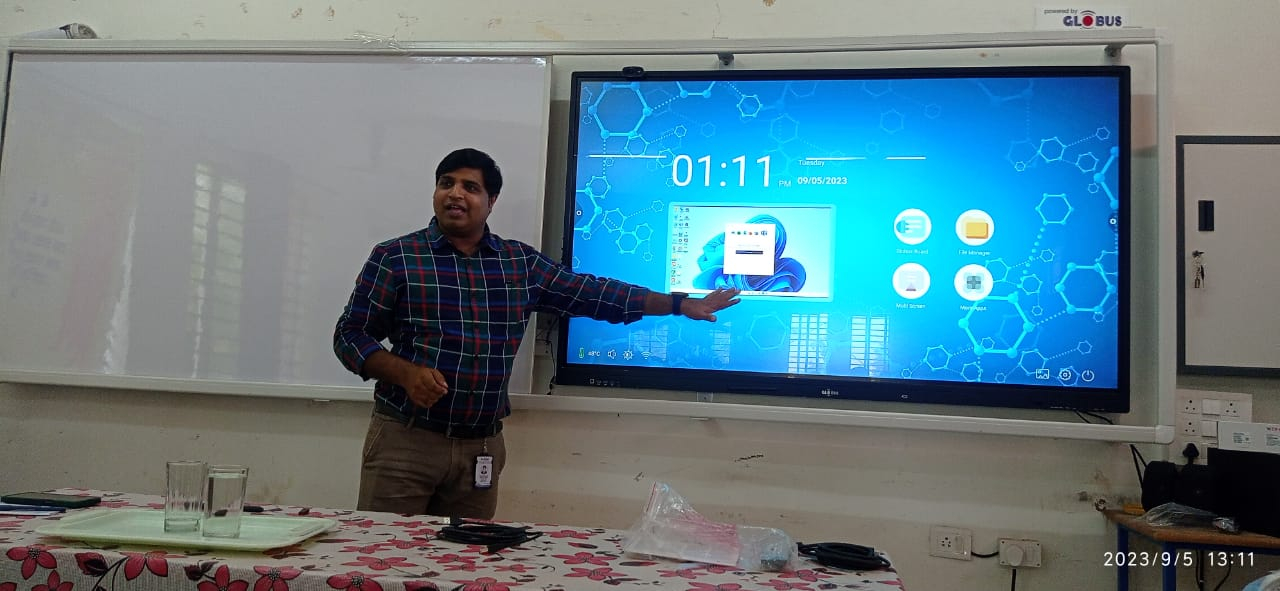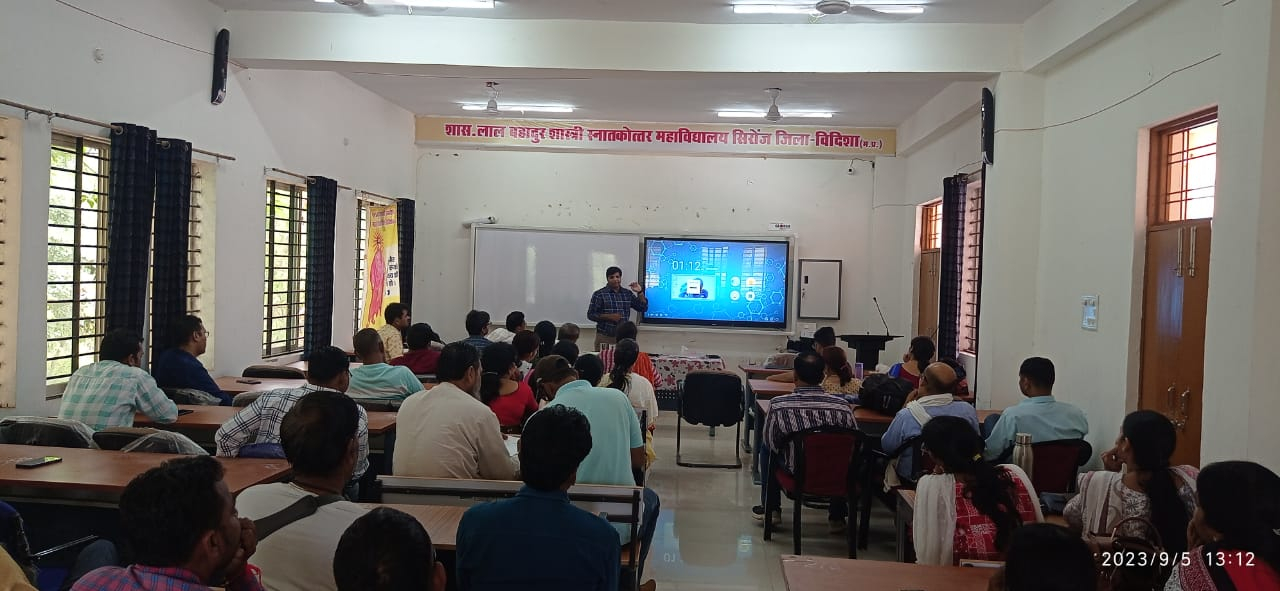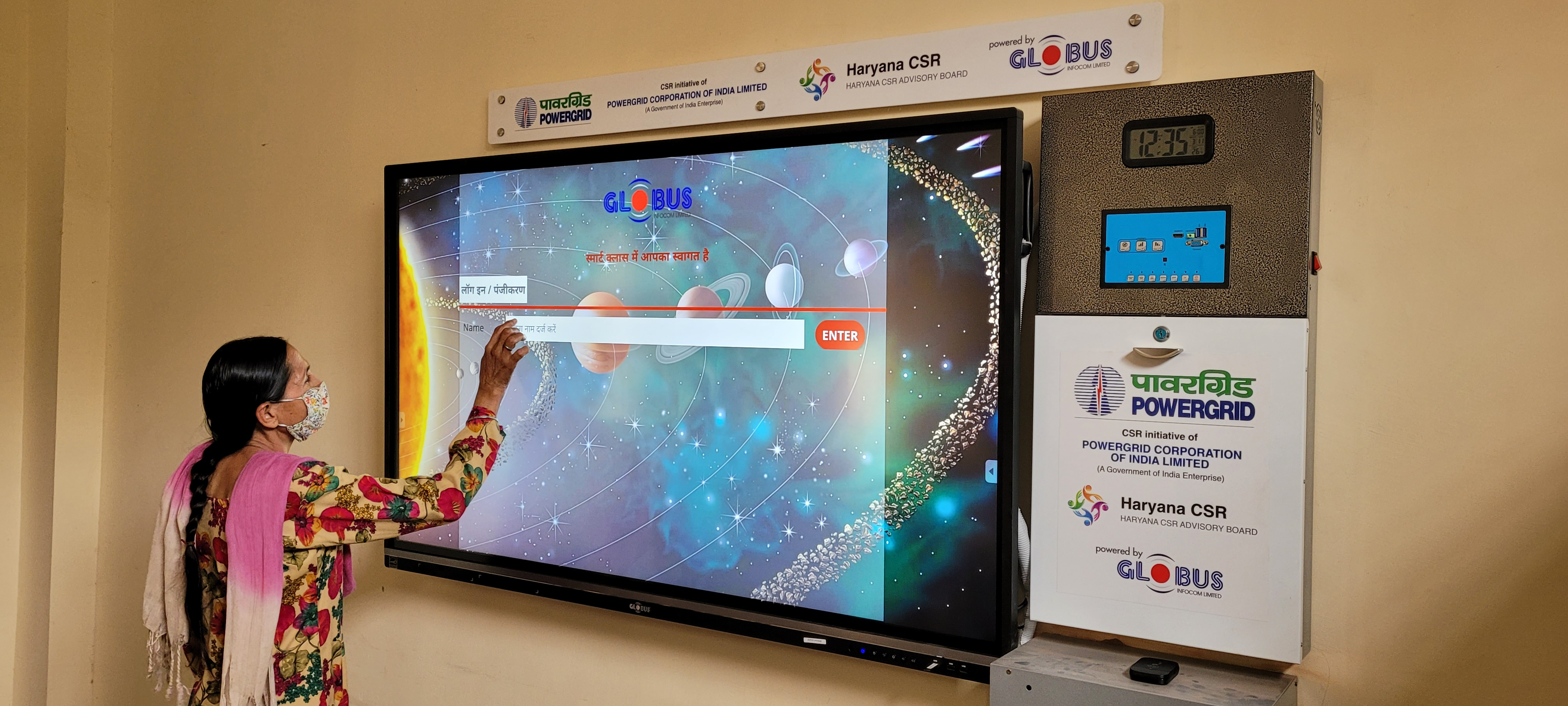- Description
-
Details
Education has always been at the forefront of human advancement, shaping individuals and societies alike. In today's digital age, the landscape of education is undergoing a profound transformation, with smart classrooms emerging as pioneers of this revolution. Smart classrooms harness the power of technology to create innovative and engaging learning environments that hold the promise of educational excellence. In this article, we will explore the concept of smart classrooms, their components, benefits, and their role in shaping the future of education.
Defining Smart Classrooms
Smart classrooms, often referred to as digital classrooms or e-classrooms, are technologically enhanced learning spaces designed to revolutionize the educational experience. These classrooms integrate a variety of digital tools and resources to create an interactive and engaging environment for both educators and students.
Key components of smart classrooms include:
a. Interactive Whiteboards: These large touchscreen displays allow educators to write, draw, and interact with digital content, making lessons more dynamic and engaging.
b. Audio-Visual Systems: High-quality audio and video equipment ensure that students can hear and see instructional materials clearly, even in large classrooms.
c. Learning Management Systems (LMS): LMS platforms facilitate online communication, assignment submissions, and tracking of student progress.
d. Student Devices: Tablets, laptops, or other personal devices enable students to access digital resources and collaborate on projects.
e. Internet Connectivity: High-speed internet access is essential for streaming videos, conducting online research, and accessing cloud-based resources.
Benefits of Smart Classrooms
The adoption of smart classrooms offers numerous advantages for both educators and students, paving the way for educational excellence:
a. Enhanced Engagement: Interactive whiteboards and multimedia content capture students' attention and make lessons more engaging and memorable.
b. Personalized Learning: Smart classrooms allow educators to tailor instruction to individual student needs, providing targeted support and challenges.
c. Access to a World of Information: The internet enables students to access a vast repository of knowledge and resources, expanding their horizons beyond traditional textbooks.
d. Real-time Assessment: Educators can use digital tools to assess student understanding instantly, allowing for timely intervention and feedback.
e. Collaboration and Communication: Students can collaborate on projects, share ideas, and communicate with peers and educators through digital platforms.
f. Sustainability: Smart classrooms reduce the need for physical materials like paper, contributing to a more sustainable learning environment.
Components of a Smart Classroom
To delve deeper into the concept of smart classrooms, let's explore the key components that make them innovative and effective:
a. Interactive Whiteboards: Interactive whiteboards are the heart of smart classrooms. These digital displays replace traditional chalkboards and projectors, enabling educators to write, draw, and interact with content in real time. They facilitate dynamic presentations and foster student engagement.
b. Audio-Visual Systems: High-quality audio and video equipment ensure that students can hear and see instructional materials clearly. This component includes microphones, speakers, projectors, and cameras, all designed to create an immersive learning experience.
c. Learning Management Systems (LMS): LMS platforms serve as the digital hub for smart classrooms. They provide a centralized platform for educators to manage course content, assignments, grades, and communication with students. Students can access resources, submit assignments, and track their progress through the LMS.
d. Student Devices: Smart classrooms support a variety of student devices, such as tablets, laptops, or personal smartphones. These devices allow students to access digital resources, participate in interactive activities, and collaborate on projects during class.
e. Internet Connectivity: Reliable high-speed internet access is essential for streaming videos, conducting online research, and accessing cloud-based resources. Smart classrooms are equipped with robust internet connectivity to ensure uninterrupted learning experiences.
The Role of Artificial Intelligence (AI) in Smart Classrooms
Artificial intelligence is a game-changer in the realm of smart classrooms. AI-powered systems can analyze vast amounts of data to offer personalized learning experiences. Some ways AI is transforming education include:
a. Adaptive Learning: AI algorithms can identify each student's strengths and weaknesses and suggest personalized learning paths and resources.
b. Intelligent Tutoring Systems: AI-powered tutors provide real-time assistance and feedback to students, helping them overcome challenges.
c. Predictive Analytics: AI can predict student performance and identify at-risk students, allowing educators to provide timely support.
d. Automating Administrative Tasks: AI can handle routine administrative tasks like grading, freeing up educators' time for more valuable interactions with students.
e. Language Processing and Translation: AI can assist students in language learning by providing real-time translation and pronunciation support.
Challenges and Considerations
While the future of education looks promising with smart classrooms, there are challenges that need to be addressed:
a. Cost: Implementing smart classrooms requires a significant investment in technology, infrastructure, and training.
b. Equity: Ensuring that all students have access to smart classrooms, regardless of their socioeconomic background, is a critical challenge.
c. Privacy and Data Security: Collecting and storing student data raises concerns about privacy and data security. Safeguards must be in place to protect sensitive information.
d. Teacher Training: Educators need adequate training to effectively use technology in the classroom and adapt their teaching methods to the digital age.
e. Maintenance and Upkeep: Smart classroom equipment and software require regular maintenance and updates to ensure they function optimally.
The Role of Educators in Smart Classrooms
While technology plays a crucial role in smart classrooms, educators remain at the heart of the educational process. Teachers in smart classrooms become facilitators, guiding students through the learning process, and harnessing technology to create rich learning experiences. Their roles evolve to include:
a. Curating Digital Resources: Educators curate and select digital materials that align with the curriculum and engage students effectively.
b. Facilitating Collaboration: Teachers encourage student collaboration and guide them in using digital tools for group projects.
c. Data Analysis: Educators analyze data from smart classroom tools to tailor their instruction to individual student needs.
d. Tech Support: Teachers provide technical support to students when needed, ensuring that they can effectively use digital resources.
e. Continuous Learning: Educators must stay up-to-date with technological advancements and continuously adapt their teaching methods.
Conclusion
Smart classrooms represent a paradigm shift in education, pioneering the path to educational excellence. These innovative learning spaces leverage technology to create dynamic and engaging environments that benefit both educators and students. As we navigate the challenges of implementing smart classrooms, we unlock the potential to provide more accessible, personalized, and effective education for learners of all ages. The future of education is bright with smart classrooms leading the way, empowering educators and students to explore new horizons and achieve educational excellence.
Smart Classroom Images





- Reviews
-
Default welcome msg!

